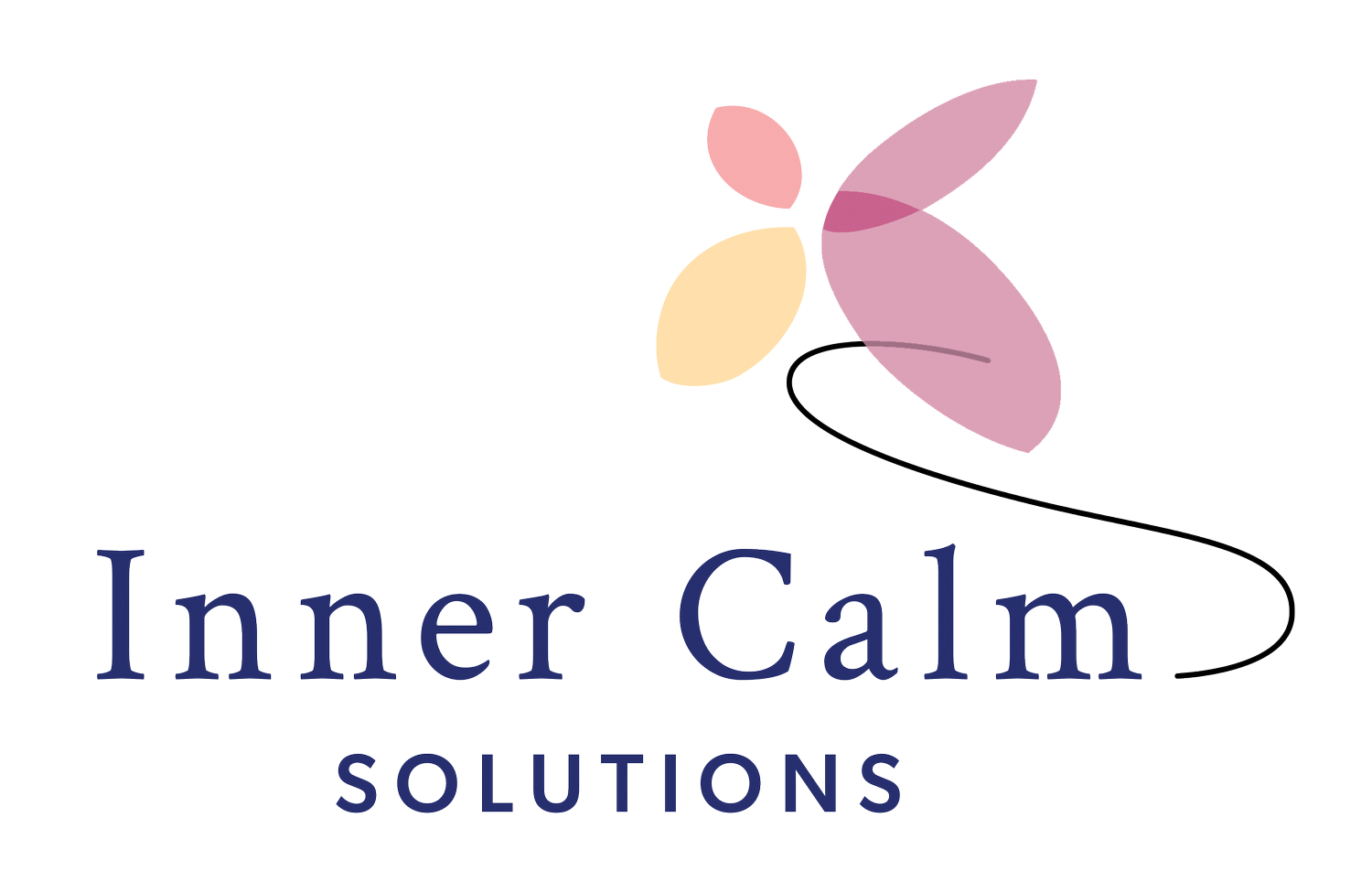Why Reassurance Makes OCD Worse (and What to Do Instead)
September 18, 2025
When you’re struggling with Obsessive-Compulsive Disorder (OCD), the urge to seek reassurance can feel overwhelming. You might find yourself asking loved ones, Googling symptoms, replaying memories, or silently praying for relief. In the moment, reassurance feels like it’s working—the anxiety drops, and you feel safer.
But here’s the tricky part: reassurance is actually one of the main things that keeps OCD going.
In this post, we’ll explore why reassurance feels so irresistible, how it strengthens the OCD cycle, and what you can do instead to truly move toward recovery.
What Is Reassurance-Seeking in OCD?
Reassurance is anything you do to convince yourself that the feared thought, image, or scenario is not true or won’t happen. It can be external (asking others) or internal (mental rituals).
Common examples include:
Asking a partner, “Are you sure I didn’t hurt someone?”
Googling health symptoms to rule out illness.
Confessing thoughts to a friend or parent for comfort.
Reviewing memories over and over to “make sure.”
Silently telling yourself, “I would never do that.”
At first glance, these behaviors seem harmless—even reasonable. But for someone with OCD, reassurance doesn’t provide lasting relief. It feeds the cycle.
Why Reassurance Makes OCD Worse
Reassurance works like a band-aid: it covers the wound for a moment, but it doesn’t heal it.
Here’s why:
Short-Term Relief, Long-Term Anxiety
Every time you seek reassurance, your brain learns that the only way to cope with uncertainty is by checking, asking, or ruminating. Anxiety decreases briefly, but the obsession always returns.Strengthening the OCD Cycle
Reassurance reinforces the false belief that thoughts = danger. The brain never learns that intrusive thoughts are not threats, just mental noise.Increasing Doubt
Ironically, the more you seek reassurance, the less confident you feel. For example, if you’ve asked the same question 10 times, you start to wonder why you can’t “trust” the answer.Straining Relationships
Loved ones often feel pressured to provide constant reassurance, which can create stress, confusion, or even resentment.
What to Do Instead: The ERP Approach
The most effective way to break free from reassurance is through Exposure and Response Prevention (ERP) therapy, the gold-standard treatment for OCD.
Here’s how ERP addresses reassurance:
Exposure: You intentionally face the feared thought, image, or situation (e.g., “Maybe I left the stove on”).
Response Prevention: You resist the urge to seek reassurance or perform a compulsion.
At first, anxiety rises—but over time, your brain learns a powerful truth: I can handle uncertainty, and I don’t need reassurance to be safe.
Practical Alternatives to Reassurance
If you find yourself craving reassurance, here are strategies to try instead:
Pause and Label It: Notice the urge and name it: “This is my OCD wanting reassurance.”
Tolerate the “Maybe”: Replace the need for certainty with acceptance: “Maybe it’s true, maybe it’s not.”
Shift to Values-Based Action: Instead of answering OCD’s questions, redirect your energy toward something meaningful—connecting with loved ones, working, creating, or resting.
Use Support Wisely: Ask loved ones not to give reassurance, but instead to encourage you to practice ERP skills.
Final Thoughts
Reassurance might feel like relief in the moment, but it’s actually one of the strongest fuels for OCD. The path to recovery lies not in finding certainty, but in learning to live without it.
With ERP therapy, you can break the reassurance cycle, build confidence in your ability to tolerate uncertainty, and free yourself from OCD’s grip.
At Inner Calm Solutions, we specialize in guiding people through this process with compassion and evidence-based care. If reassurance feels like your lifeline, know this: you don’t have to keep chasing certainty. You can learn to live fully—even with doubt.
